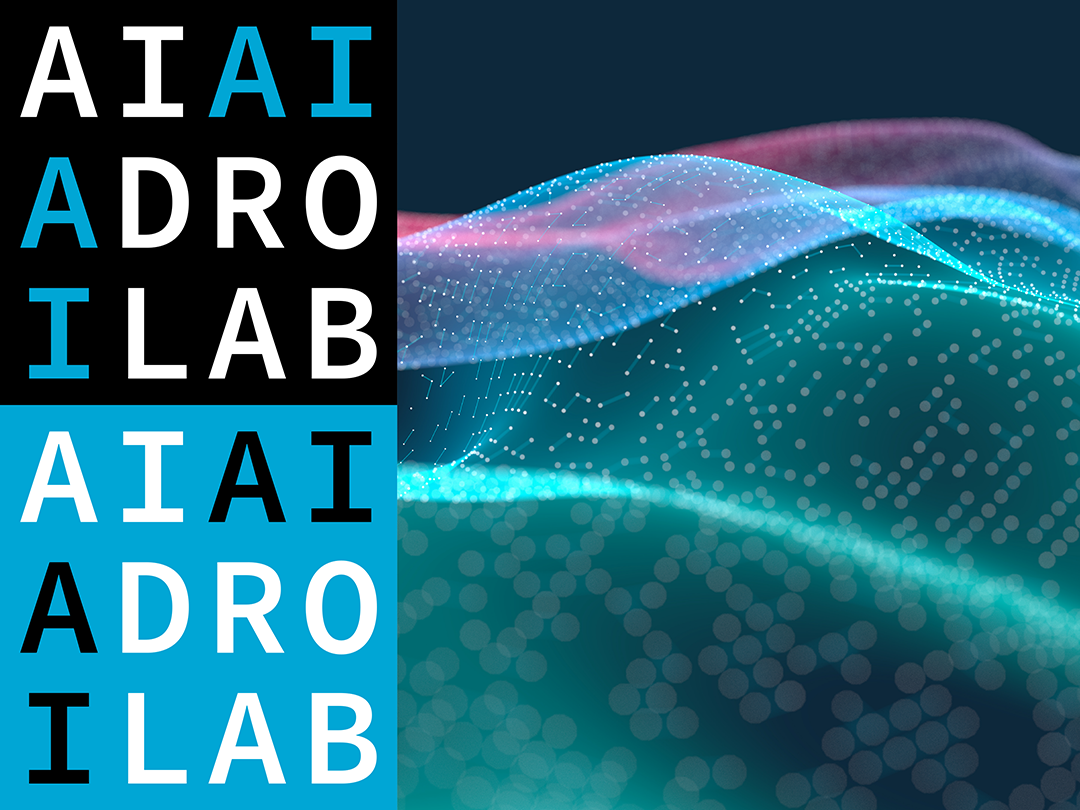Projects
Summaries of the ongoing projects being undertaken by AidroLab are below. Please contact us. if you would like to know more.
Projects: Applied AI
Graph Neural Networks for Adaptable Urban Water Infrastructure
This PhD project focuses on the application of Graph Neural Networks to modelling and designing urban water infrastructure (UWI). It has a particular focus on developing physically based hydraulic simulators tools; optimising the design and resilience of UWI; and devising adaptation strategies for urban water systems under uncertainty.
Graph Neural Networks for Flood Prediction
A PhD project that focuses on employing Graph Neural Network for developing physically based high-fidelity flood prediction tools. These tools will be developed for pluvial, fluvial and surge floods. The feasibility of building end-to-end AI-based solutions for real-time operations will also be explored.
AI-based detection and quantification of plastics in urban waterways
This research will develop new methods to detect and quantify plastics in urban waterways based on deep learning and computer vision. Different imaging sources will include fixed cameras, mobile phones and drones. We will also investigate how AI can be used in conjunction with hydrodynamic models to predict debris trajectories and identify potential hotspot locations.
Projects: Fundamental AI
Graph Neural Networks
Complex data are increasingly common in 21st century daily activities. Examples include biological activities of the brain or protein-to-protein interactions, as well as data generated by financial networks or by water and power networks. In each case, an underlying common structure can be represented by a graph. Exploiting the underlying structure allows AI solutions to be developed that reveal meaningful patterns in applications involving complex data.
AidroLab is working on graph neural networks (GNNs) that extend the deep learning paradigm, for regular Euclidean temporal and spatial data through to irregular graph data. We can no longer rely on intuition to develop outstanding solutions for graph learning, so we are looking at solutions based on fundamental principles that learn from graph data. On one hand, this provides mathematical tractability, and on the other it delivers satisfactory performance in practical applications. AidroLab is also conducting research towards understanding the fundamental limits of GNNs, especially when operating on physical networks affected by perturbations such as water networks, smart grids and social networks.
Graph-Time Neural Networks
In several applications, complex data often vary over time – a typical example is the volume of traffic in a street network. In order to extract patterns, and use them for successive applications, a learning solution has to be able to capture both spatial and temporal relationships in the data. Based on the success of graph neural networks (GNNs) for time-invariant data, AidroLab is extending the latter into a graph-time neural network (GTNN) framework. We are looking at two particular directions within GTNN. First, we are working on new architectures that exploit invariances and symmetries within the data to aid learning, using tools from graph-time signal processing. Second, we are working on a theoretical analysis of GTNNs with regard to perturbations in the graph topology. This is intended to characterize the robustness and transferability of these solutions to unseen graphs.
Learning over Topological Spaces
While graphs are an excellent tool to represent the structure of complex data, they are limited to pairwise relationships and data are often represented as node features. There are many instances when data are defined over the edges of the graph. A typical example is a water network, where water flow is defined over the pipes (edges). In this case, we are seeking to develop solutions that are able to learn from such data, or more generally from data over higher-order topological spaces. The latter may include simplicial complexes and hypergraphs. AidroLab is looking at topological filters and characterising their fundamental limits. Such filters are important because they are at the core of building successive deep learning solutions. As a result, we are particularly focused on building topological filters that are computationally efficient, and which enjoy high mathematical tractability.

